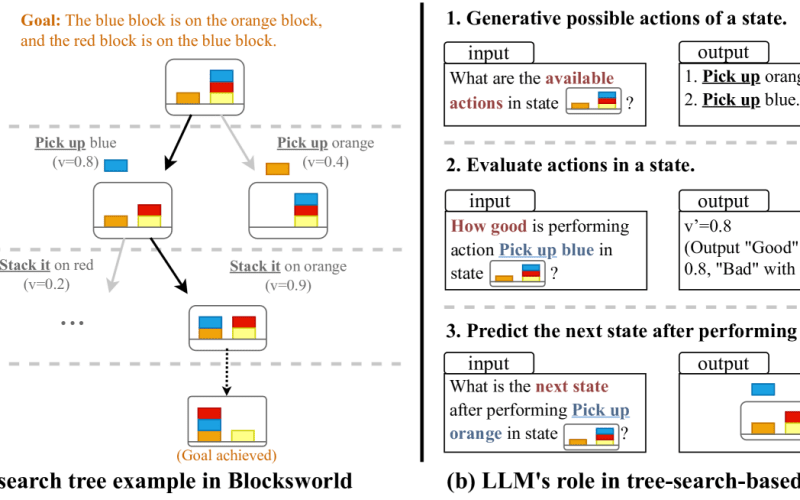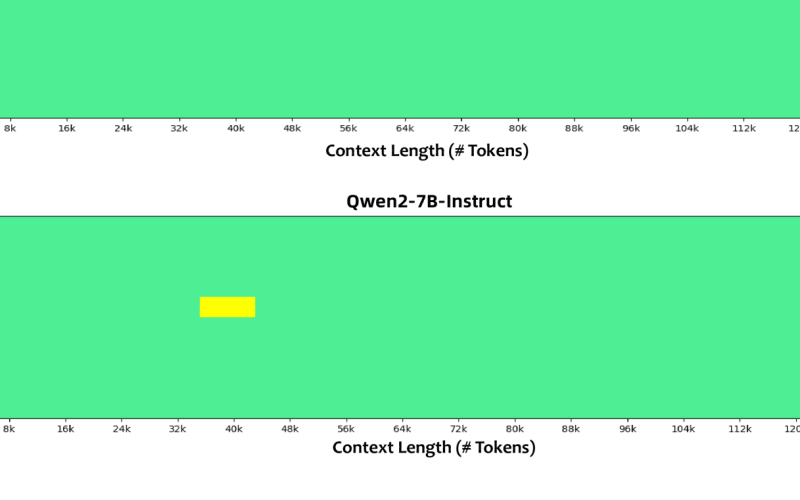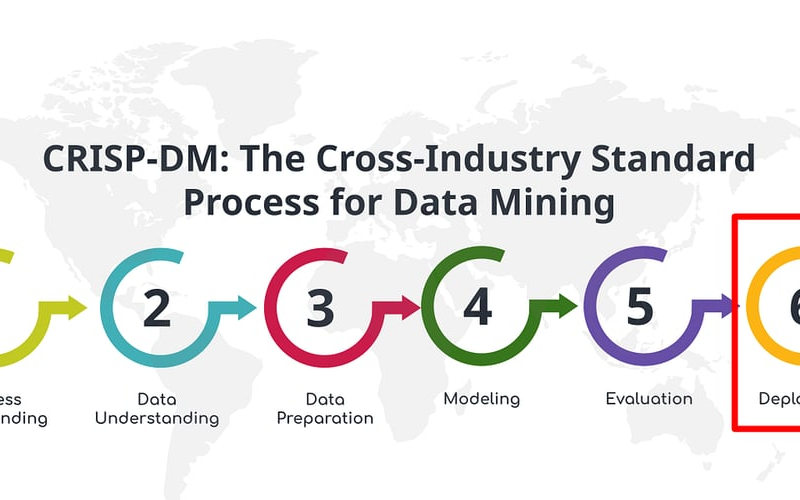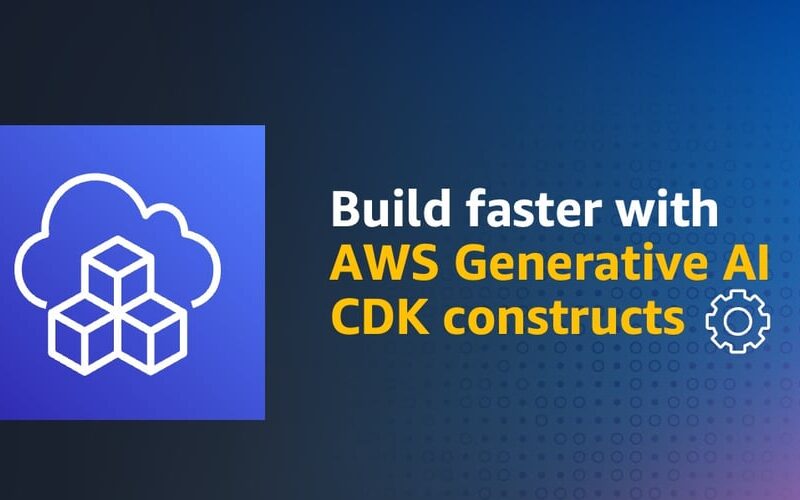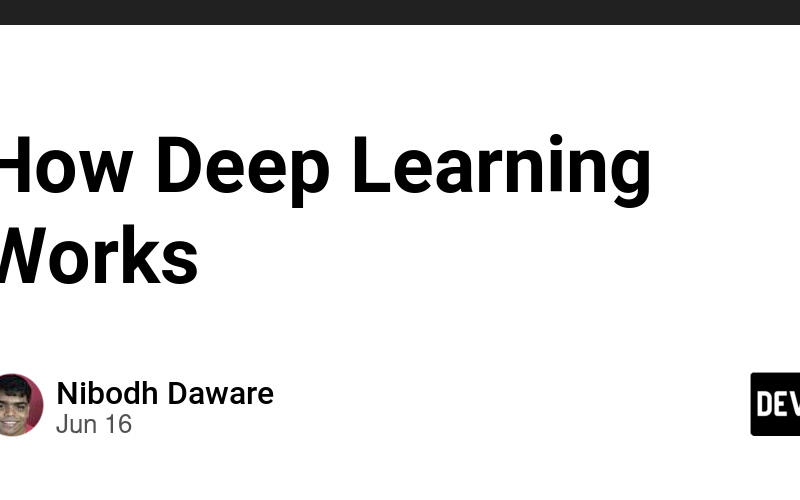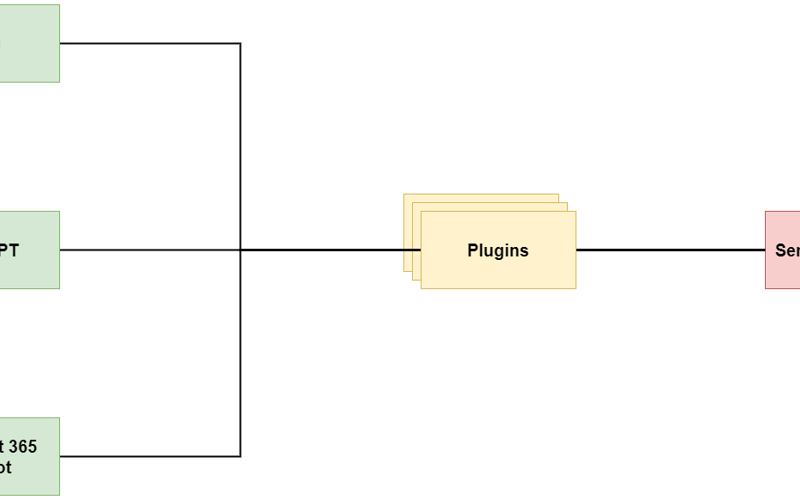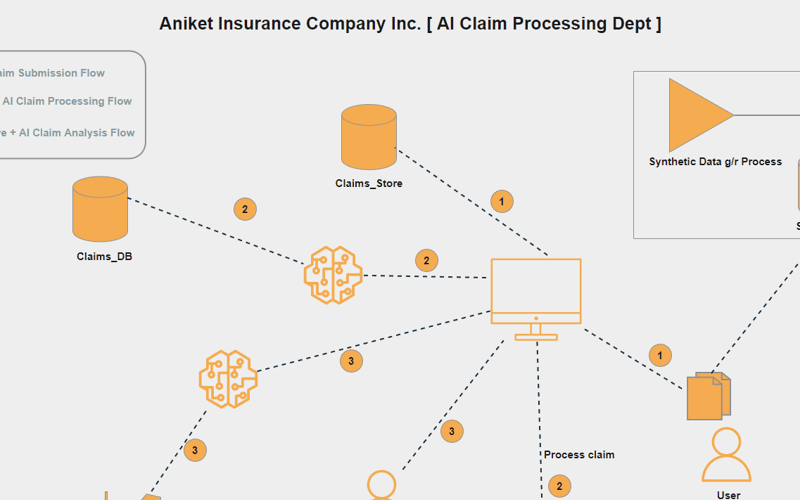19
Jul
This is a Plain English Papers summary of a research paper called Supercharging LLMs: RoT Fuses Language Models with Decision Tree Search to Boost Reasoning Power. If you like these kinds of analysis, you should join AImodels.fyi or follow me on Twitter. Overview This paper explores a novel approach called "Reflection on Search Trees" (RoT) to enhance the capabilities of large language models (LLMs). RoT involves integrating tree search methods with LLMs to improve their reasoning and decision-making abilities. The paper presents the design and evaluation of the RoT system, demonstrating its effectiveness in outperforming traditional LLMs on various tasks.…

